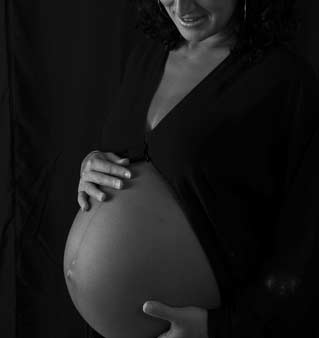Is 'Water Birth' Safe?

Supermodel Gisele Bundchen made news recently by giving birth to her son Benjamin in an unusual way: at home in her own bathtub. It wasn't an accident or surprise delivery; instead she did it as part of a growing trend called "water birthing," considered by some women and midwives to be a healthier, more natural alternative to traditional hospital births.
Mothers who choose water birth go through labor and delivery immersed in warm water, believing that pain will be less severe and the experience more enjoyable and relaxing. Some studies have shown that mothers who choose a water birth request fewer painkillers than women who don't, and fewer drugs translate into the perception of a safer and more natural birth.
If it's good enough for a celebrity supermodel, water birthing advocates suggest, then it's good enough for most women. But is it good for the baby?
The research isn't clear.
In a 2002 study published in the journal Pediatrics titled "Water birth: A near-drowning experience," researcher Sarah Nguyen questioned the safety of water births and described instances of infants inhaling water and feces following underwater deliveries. In a follow-up commentary, other researchers concluded, "At this point, we are convinced there is no evidence to support any benefit of underwater birth for the neonate, and plenty of evidence to suggest harm [including] the potential for drowning, hyponatremic seizure activity, infection, and pneumonia."
The American College of Obstetricians and Gynecologists does not recommend water births, suggesting instead that children born in hospitals are safer — if for no other reason than professional medical help is immediately available in case of complications. Unless your bathtub happens to be located near a neonatal unit, emergency medical help may not be available during the baby's first minutes of life.
Of course, there is some risk to both the child and the mother during any birth, whether it occurs in a bathtub or a hospital. All births are natural, yet some births are safer than others.
Sign up for the Live Science daily newsletter now
Get the world’s most fascinating discoveries delivered straight to your inbox.
- 5 Myths about Women's Bodies
- When Childbirth Was Natural, and Deadly
- Does Sex Hasten Labor?
Benjamin Radford is managing editor of the Skeptical Inquirer science magazine. His books, films, and other projects can be found on his website. His Bad Science column appears regularly on LiveScience.










